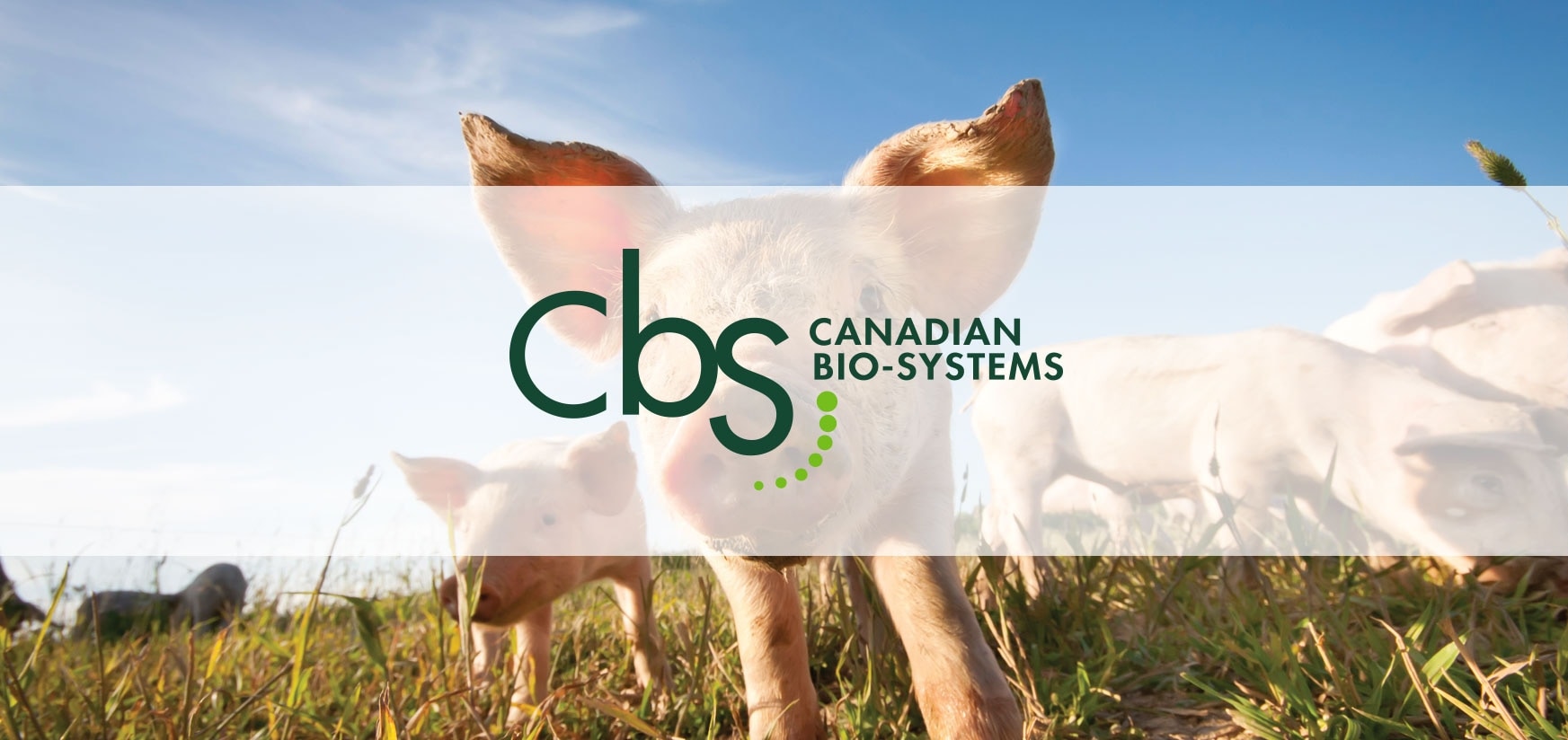Three tough challenges met by feed technology
October 27, 2016



New challenges or new opportunities? Glass half empty or glass half full?
For swine operations that take a positive and proactive approach to the shifting world of pork production, there is a lot of good news coming in the form of advances in feed technology that can help them meet today’s emerging requirements and demands.
One of leading people with a front row seat to what’s coming is Dr. Bogdan Slominski of the University of Manitoba, who is one of the foremost feed ingredient and feed technology scientists in the world. A number of the latest advances have been supported by research progress from his program and other top institutions in Western Canada. This progress, along with further advances in the research and development pipeline, provides a preview of what the use of feed technology in swine production will look like in the years ahead.
“It is a great time right now for science in feed technology,” says Slominski. “We have made a lot of progress. We are leaning more each year from new studies that will help us reach even higher levels of benefits.”
With tight margins and feed consistently representing a top 3 cost for swine operations, arguably the top challenge for swine production is to find ways to get more value out of feed. Fortunately, this is where feed technology advances are having the strongest impact, says Slominski, with a leading example being feed enzyme technology.
“The best way that I would describe the journey we are on with enzymes is that we are steadily progressing down a path of major evolution from conventional to new generation enzyme supplements. In particular, a major results of our research in recent years has been to firmly establish the potential for multi-carbohydrase enzyme formulations as a way of the future for the swine industry.”
As opposed to conventional single source enzyme feed additives, multi-carbohydrase options offer multiple enzyme sources and activities that are complementary and simply “get more of the job done” in terms of breaking down hard-to-digest feed components, he explains. The result is much higher nutrient availability and nutrient capture, translating to better daily gain and other benefits on the same amount of feed.
The advantages of this type of feed technology are gaining even stronger attention due to one of the biggest factors changing the industry today – the shift away from over-reliance on antimicrobials. This trend in now very prominent and set to be reinforced by new rules taking effect in 2017 in Canada and the U.S.. (The expectation is that antimicrobials will be available only for verified needs for disease treatment or prevention and will require veterinary oversight.) But a main concern this raises is how to replace the production gains associated with antimicrobial use.
While there is no silver bullet single solution, feed technology is well positioned to help, says Slominski. “Feed technology such as enzymes or other bio-based additives are not antimicrobials. But they can help support productivity and health. They can be a very valuable tool to help producers shift to reduced antimicrobials use without sacrificing production benefits.”
Specific to the health benefits, Slominski and his team have achieved recent encouraging results with certain yeast-based additives. “We’ve established opportunities to support gut development and health, and to be effective in immune system stimulation.”
A key new frontier that has become a strong emphasis in recent years has been to explore, ingredient-by-ingredient, the most effective strategies to fully extract nutritional and energy value from diets commonly used in Western Canada.
Most recently as part of this effort, the University of Manitoba participated in survey of wheat samples from across the region, in cooperation with farming operations and feed mills across four provinces. The survey provided a basis to analyze and understand the nutritional profile of this feed ingredient at a deeper level, then apply this knowledge toward improved strategies for feed technology application to get the most “bang per bite” for swine from this feed source.
“By delving deeper into this and other feed sources, we have learned a lot to facilitate nutrient utilization and growth performance as well as to lower the cost of animal production,” says Slominski. “The more precise we are in understanding the feed components, the more effective we can be in optimizing the value we can capture.”
With these gains and more study results on the way, western Canadian swine producers have a lot to look forward to that will help them tackle the emerging challenges of the future, he says. “With foundation of knowledge already in place and the ongoing science resources in this region, we have a great opportunity to help our producers reach new, higher levels of production success.”

